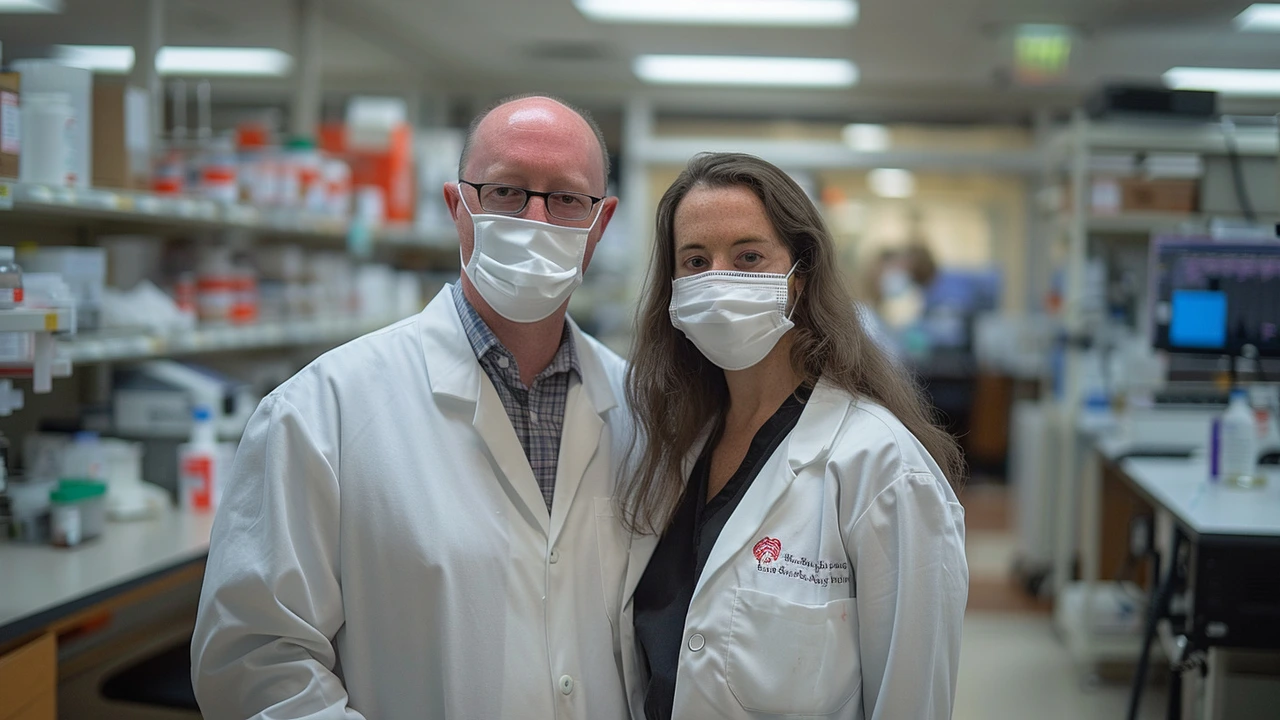COVID-19: What to Do Now — Symptoms, Testing, Vaccines, and Quick Care
Even a mild COVID-19 case can throw your routine off for days. If you or someone in your household tests positive, one clear plan cuts stress and limits spread. Below you’ll find straightforward steps you can use right away — no medical degree required.
Quick steps after a positive test
Test type matters: PCR is more sensitive; rapid antigen tests pick up higher viral loads and give instant answers. If a rapid test is positive, treat it as real — stay home, notify close contacts, and avoid visitors. Isolate for at least 5 days from symptom start or test date if asymptomatic, then wear a well-fitting mask for 10 days around others. If symptoms are getting worse at any point — trouble breathing, persistent chest pain, new confusion, or lips/face turning blue — get emergency care immediately.
Home care basics: rest, hydrate, and manage fever or pain with acetaminophen or ibuprofen as you normally would. Use a thermometer and track temperature and oxygen levels if you have a pulse oximeter (under 94% is a reason to call your doctor). For people at higher risk (older age, chronic lung or heart disease, weakened immune system, obesity, or diabetes), contact your healthcare provider early — antiviral pills like Paxlovid can help if started within days of symptoms, but they interact with many medicines.
Protecting others and preventing infection
Want to stop spread at home? Keep the sick person in a separate room if possible, use a high-quality mask (N95/FFP2) for anyone who needs to enter that space, and increase ventilation by opening windows or using a fan. Clean high-touch surfaces and avoid sharing utensils. If you care for someone with COVID, wash hands often and consider testing yourself on day 5 or earlier if symptoms appear.
Vaccines still make the biggest difference between a mild illness and a hospital stay. Stay current with primary series and boosters recommended for your age and health status. Pregnant people and older adults should check with their provider about timing and booster options.
Thinking about long COVID? That happens when symptoms last weeks or months after infection — fatigue, brain fog, shortness of breath, and muscle aches are common. Keep a symptom log and talk to your doctor if problems persist beyond four weeks. Rehab strategies like paced activity, breathing exercises, and sleep hygiene often help.
If you’re unsure about drug interactions, testing options, or where to get treatment, ask a pharmacist or your care team — they can help check interactions (especially with antivirals) and point you to local testing or treatment centers. Want a quick checklist to keep by the door? Test kit, masks, thermometer, OTC meds, and a phone number for your clinician.
COVID info changes fast. Use these practical steps now, and check with your healthcare provider for advice specific to your health and local guidance.

Common Antihistamines Show Potential in COVID-19 Treatment: A Breakthrough in Cell Testing
Recent research reveals that hydroxyzine, diphenhydramine, and azelastine, commonly used antihistamines, may prevent COVID-19 infection in lab cells. These findings, needing clinical trials, could mark a significant step in the fight against the pandemic.
Read More